NASA Plans To Nuke Planet-Killer Asteroids
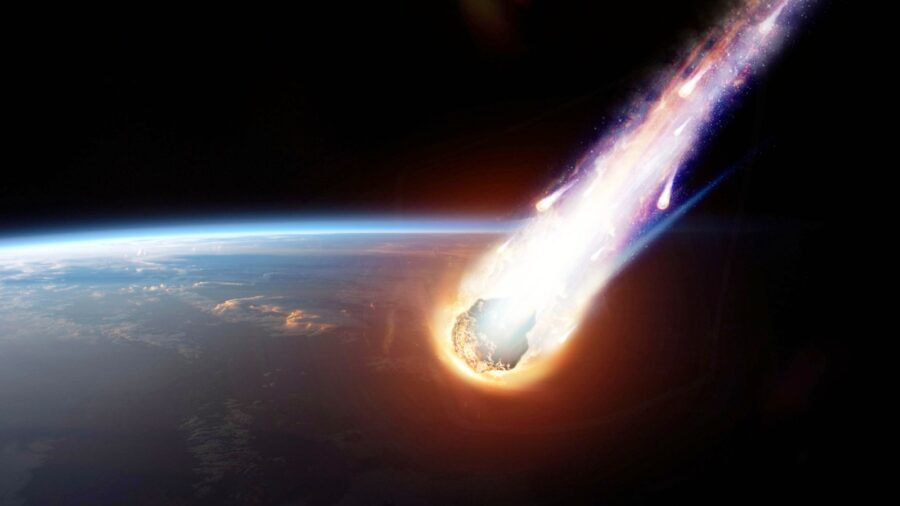
Ever since we first learned that an asteroid was responsible for the cataclysmic event that led to the mass extinction of the dinosaurs, humankind has been getting ready to defend itself against future planet-killing asteroids that set their sights on Earth. In April 2023, NASA released a 46-page update to the National Preparedness Strategy and Action Plan for Near-Earth Object Hazards and Planetary Defense, a strategic framework developed in an attempt to deal with potential catastrophe thanks to Near-Earth Objects (NEOs), such as asteroids and comets, that could pose a danger to Earth.
As an option listed in NASA’s strategy and something ripped straight from the playbook of Michael Bay, if a worst-case scenario were to arise, a tactical nuke could be used to neutralize an asteroid and spare Earth from a cruel and explosive fate.
The Last Resort
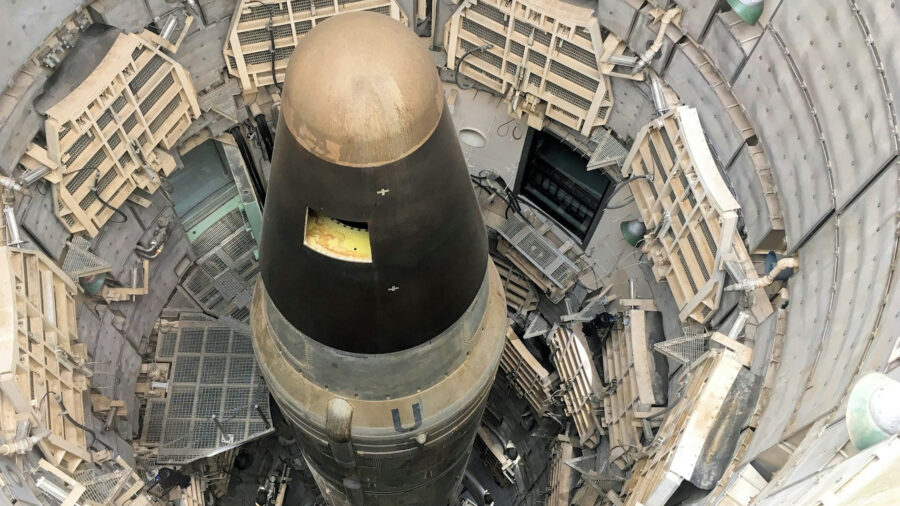
As a “medium-term” option to protect Earth from any asteroids on a direct collision course, NASA would consider a nuke as a last resort method to provide the necessary force to alter the NEO’s trajectory. However, there are several major complications that come along with the possibility of the detonation a nuke on a asteroid, including the viability of the device, the “operational considerations required for use of such device,” and the “legal and national policy implications” of its use as well.
In its report, NASA maintains that while a nuclear device would only be deployed in the event that no other option would be successful, it is still prudent to explore all other options and to continue its research and observation of NEOs.
No Known Threats For 100 Years
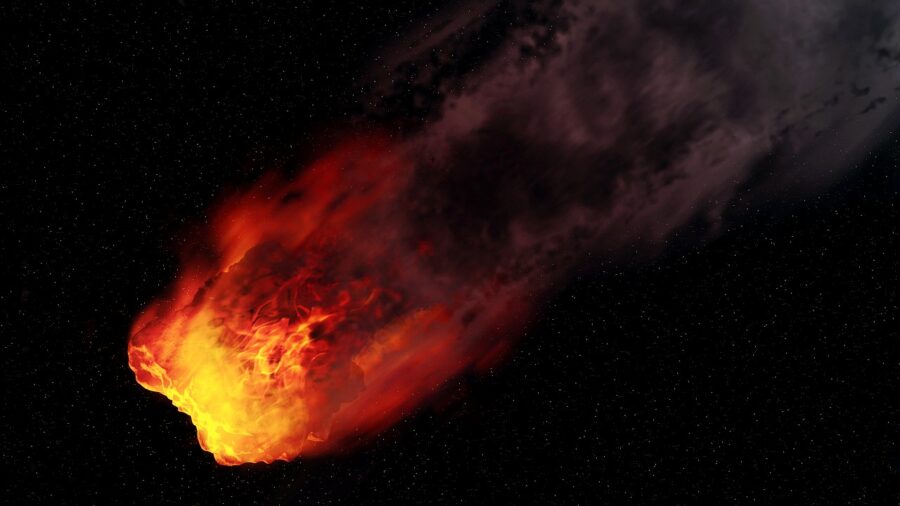
While the idea of a cosmic nuke destroying an asteroid sounds like something that would make for an awesome light show, there is some reassuring yet slightly disappointing news; currently, no asteroids pose any threat to Earth within the next 100 years. So while NASA has compiled a comprehensive strategy to protect our planet from assured destruction, we likely won’t need to use it for at least the next few generations.
We Will Face Planet-Killing Asteroids At Some Point
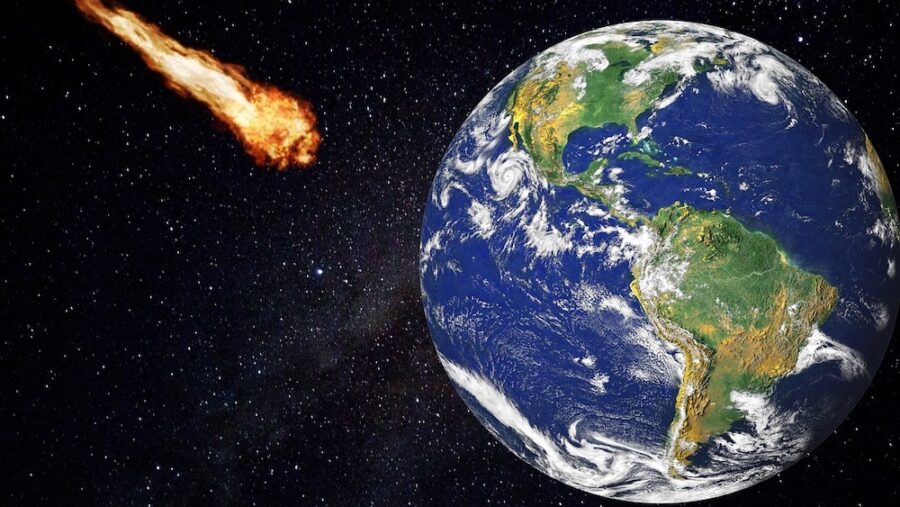
But in the meantime, we can at least imagine the show-stopping theatrics of what would be our two most effective methods to reduce the hazards of NEOs, because scientists believe that they are out there and will pose a threat at some point in the future.
Relying On DART First
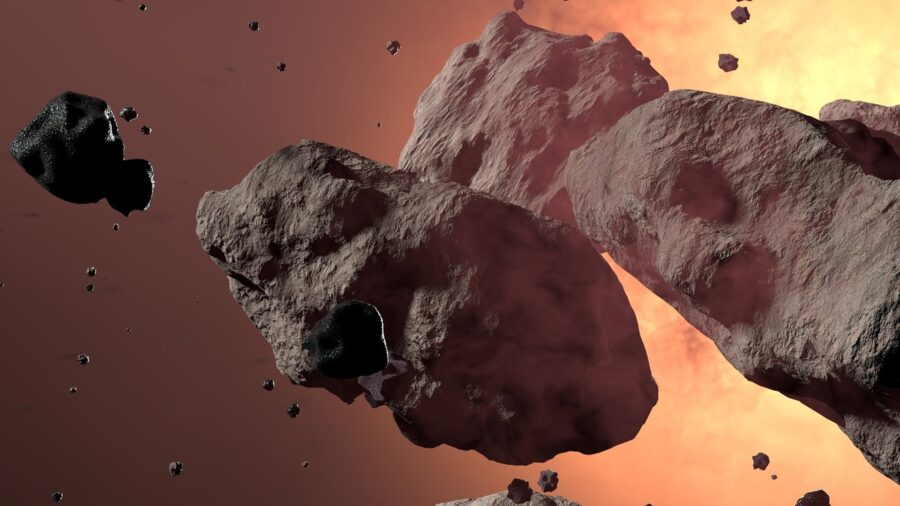
Although the idea of blowing stuff up in space is much more exciting, NASA’s first approach to stopping a looming asteroid would be to deploy a fleet of spacecraft similar to the Double Asteroid Redirection Test (DART) mission. After launching in November 2021 with the selected target of Dimorphos, a small moonlet of the asteroid Didymos, the DART spacecraft successfully collided with Dimorphos in September 2022, becoming the first time in history that humans had altered the orbit of a celestial object.
Thousands Of Spacecrafts Needed To Divert A Large Asteroid
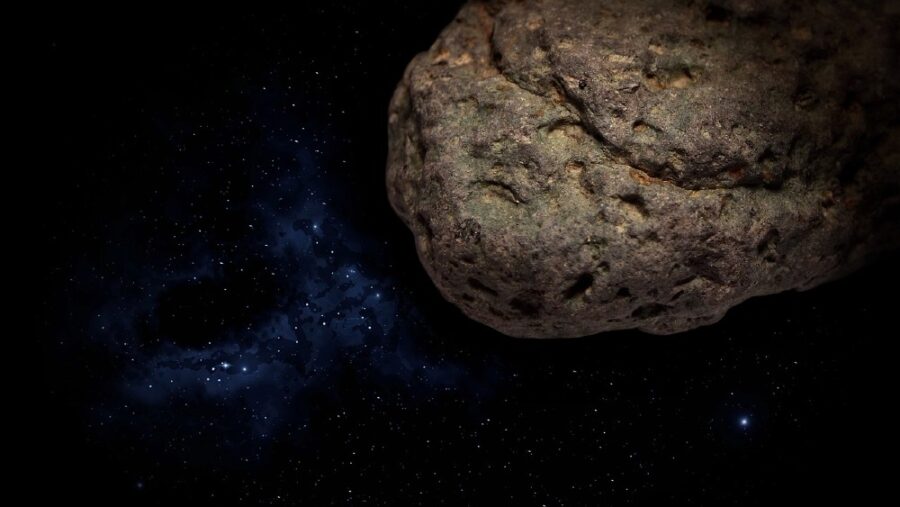
According to NASA, Dimorphos had a diameter of 525 feet, making it a very small object compared to the massive size of planet-killing asteroids. In June 2024, UL21, a near-Earth asteroid that came within 5 million miles of Earth, was estimated to have a size between 1.1 and 2.4 miles, making it one of the largest NEOs to ever be recorded. In order to alter the trajectory of an Earth-bound asteroid the size of 2011 UL21, it would likely take up to 1,000 separate spacecraft.
Source: NASA












